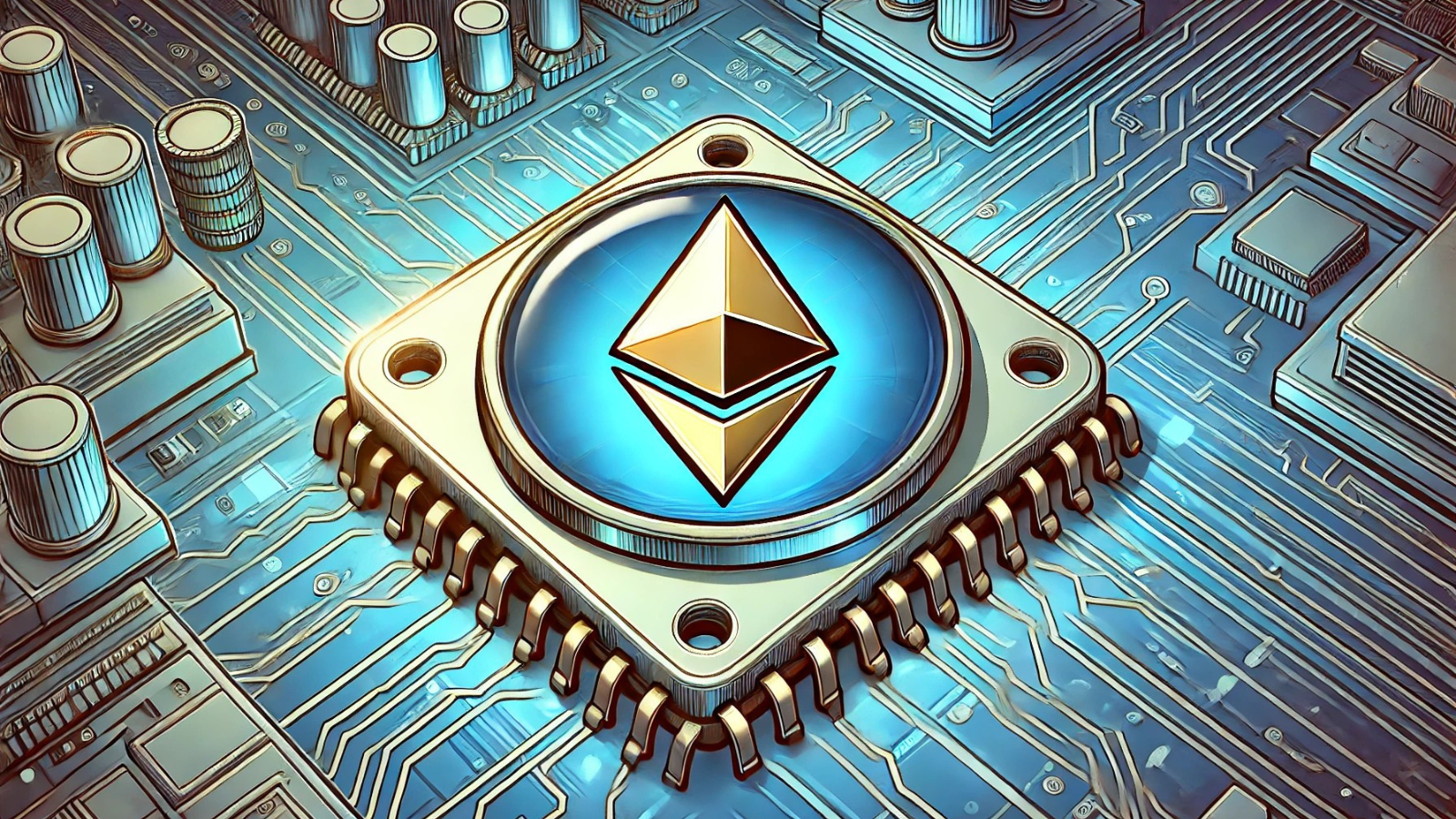Evaluating the Prospects of Layer 1 and Layer 2 Solutions in 2025

This report examines the anticipated performance of Layer 1 (L1) and Layer 2 (L2) blockchain solutions in 2025, building upon their developments and challenges observed in 2024. By analyzing recent insights from industry experts and blockchain researchers, we aim to provide a comprehensive overview of the factors influencing the success of these scaling solutions. The research delves into technological improvements, scalability efforts, security enhancements, economic sustainability, and the role of interoperability in fostering a more efficient decentralized ecosystem. We also evaluate potential risks and barriers that could hinder L1 and L2 platforms from reaching their expected growth.
Introduction
Blockchain technology has continuously evolved, with L1 and L2 solutions playing pivotal roles in enhancing scalability, security, and user experience. The fundamental limitations of traditional blockchain networks, such as congestion, high fees, and long transaction times, have fueled the need for robust scaling solutions. L1 blockchains, responsible for the fundamental security and consensus mechanisms, aim to improve their throughput while maintaining decentralization. Meanwhile, L2 solutions, which operate on top of L1 networks, seek to offload transaction processing while ensuring security through cryptographic proofs.
In 2024, many new L1 and L2 platforms were launched, yet several underperformed due to various challenges, including technical limitations, lack of adoption, and intense competition. As we progress into 2025, it is crucial to assess whether these solutions will overcome past obstacles and achieve significant traction. This paper evaluates whether L1 and L2 networks will finally deliver on their promises or if they will continue facing adoption hurdles.
Performance of L1 and L2 Solutions in 2024
The year 2024 witnessed the debut of numerous L1 and L2 platforms. Despite high expectations and substantial investments, many failed to gain significant user adoption or network activity. Several key factors contributed to this underperformance:
1. Technical Challenges
One of the primary reasons for the sluggish growth of L1 and L2 networks in 2024 was technical inefficiencies. Issues such as network stability, security vulnerabilities, and insufficient throughput hindered their performance. Many L1 networks struggled to scale effectively without compromising decentralization, while L2 solutions faced difficulties in maintaining seamless interoperability with their respective base layers.
Furthermore, smart contract exploits and governance failures exposed the fragility of several blockchain networks, discouraging users and developers from adopting new platforms. The ability to address these technical challenges will be a defining factor in determining the success of L1 and L2 solutions in 2025.
2. Ecosystem Development
For a blockchain network to thrive, it must have an active ecosystem of developers, decentralized applications (dApps), and engaged users. Many L1 and L2 projects in 2024 failed to attract strong developer communities, resulting in limited dApp availability. A lack of compelling use cases and real-world applications further contributed to low adoption rates. Even established networks struggled to keep users engaged, with many projects experiencing stagnation in Total Value Locked (TVL) and transaction volumes.
3. Market Competition
The blockchain industry is becoming increasingly saturated with L1 and L2 projects competing for the same user base and liquidity. With major players like Ethereum, Solana, and Polygon already dominating the market, new entrants found it challenging to differentiate themselves. Additionally, the proliferation of L2 solutions created fragmentation, making it difficult for users to navigate different platforms seamlessly. To succeed in 2025, blockchain projects must find ways to stand out through innovation, user incentives, and superior technology.
Anticipated Developments in 2025
Industry experts anticipate that 2025 will bring significant advancements in both L1 and L2 solutions, addressing previous shortcomings. The following key areas are expected to drive growth and adoption:
1. Enhanced Scalability
One of the primary focuses for L1 and L2 networks in 2025 is improving scalability to accommodate higher transaction volumes. Some key developments include:
- Data Availability Improvements: Implementing more efficient data availability solutions, such as increased blob space, is expected to support higher transaction throughput. Proposals to increase the number of blobs per slot aim to boost data bandwidth, facilitating more transactions per second.
- Optimized Rollup Technologies: Advancements in rollup technologies, particularly zero-knowledge (ZK) rollups, are anticipated to enhance transaction efficiency and reduce costs. ZK rollups offer faster finality and improved scalability by bundling multiple transactions into a single proof.
2. Improved Interoperability
As blockchain networks continue to expand, interoperability between L1 and L2 solutions will be critical. Key advancements in this area include:
- Standardization Efforts: Developing and adopting standardized protocols for cross-chain communication will facilitate seamless interactions between different platforms.
- Unified User Experience: Creating a cohesive user experience across various platforms is essential. Implementing chain-specific addresses and efficient cross-chain payment systems will make using Ethereum feel like a single ecosystem rather than multiple disparate blockchains.
3. Security Enhancements
Security remains a top concern for L1 and L2 solutions. Some key security improvements expected in 2025 include:
- Robust Proof Systems: The adoption of advanced proof systems, such as multi-prover models, aims to strengthen security by providing multiple layers of verification.
- Faster Withdrawal Times: Reducing withdrawal times from L2 solutions enhances user experience and security. Efforts to expedite deposit and withdrawal processes are underway to make L2 platforms more user-friendly.
Challenges Ahead
Despite these anticipated advancements, several challenges remain that could hinder the progress of L1 and L2 networks:
1. Coordination Among Diverse Actors
The decentralized nature of blockchain development involves multiple stakeholders with varying goals, making coordination complex. Aligning efforts across L1 and L2 networks, developer communities, and governance structures will be crucial for cohesive progress.
2. Economic Incentives for ETH
As more activity shifts to L2 solutions, ensuring that Ether (ETH) continues to accrue value is a key concern. Without proper economic models, the Ethereum ecosystem risks reducing the incentive for users to hold ETH. Developing mechanisms that ensure value accrual for ETH in an L2-centric world is crucial.
3. User and Developer Adoption
Encouraging widespread adoption among users and developers requires continuous education, robust tooling, and incentives to build and use applications on these platforms. A lack of developer-friendly environments could slow innovation, making it difficult for new projects to gain traction.
Conclusion
The outlook for L1 and L2 solutions in 2025 is optimistic, with significant efforts directed toward overcoming the challenges observed in 2024. By focusing on scalability, interoperability, and security, and by addressing coordination and economic incentive issues, these platforms are poised to achieve greater adoption and performance. Continuous collaboration among developers, users, and stakeholders will be essential to realizing the full potential of these advancements. However, challenges such as fragmented ecosystems, regulatory uncertainty, and user adoption must be addressed to ensure long-term success.


